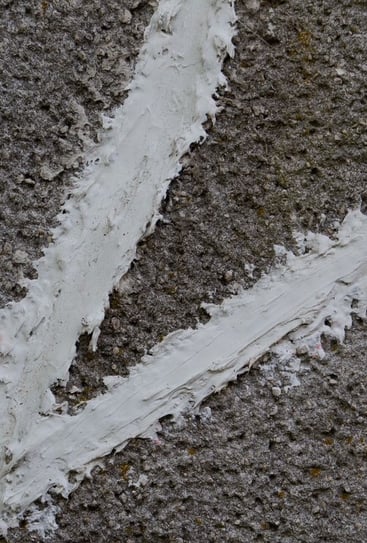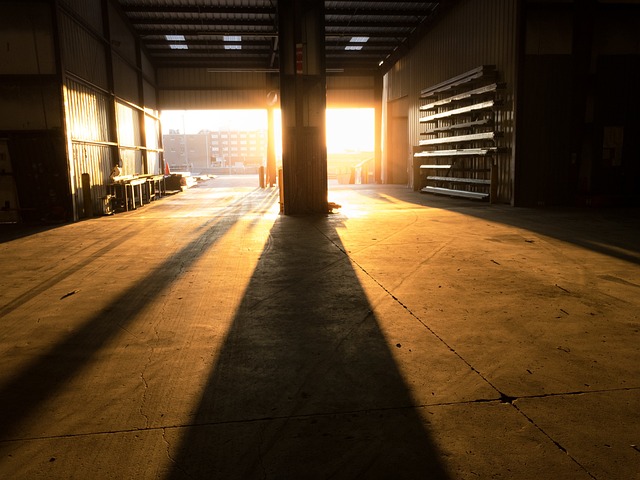Epoxy Used in Construction: Repair and Protection Systems
6 minutes read

When it comes to the question, “What is epoxy used for in construction?” the short answer is: a lot.
From stadiums and parking structures to factories and public school buildings, epoxy is a high-end construction tool that protects against wear and tear for the long term.
3 Main Functions of Epoxy Used in Construction
Several building epoxies are on the market. OK, more than several – Sika USA alone carries 265 epoxy products.
Despite all those options, you can boil down the value of epoxies used in construction to three main functions:
Cure Time
There are many versions of epoxy that offer quick curing. You can apply these over a holiday weekend, allowing for a 4-day turnaround with minimal “commercial interruption.” You can also implement them at night to reduce site downtime.
Durability
Construction epoxy can withstand repeated abuse in high-traffic areas, such as from vehicle tires near a parking lot ticket turnstile. The ability to not only stand up to this type of repeated contact, but also to corrosion from moisture and chemicals, is essential to protecting the materials underneath. The versatility of epoxy and the ability to add resistance to high temperatures or flames also increase value vs. lesser materials.
Adhesive & Structural Strength
Epoxy adheres to itself, thereby improving structural integrity. It also adheres to a wide range of materials common in construction circles.
Epoxy is also popular for its exceptional strength. It forms bonds that can withstand heavy loads, making it ideal for structural repairs, anchoring, and heavy-duty adhesive applications.
|
Pro Tip: Be mindful as you compare tensile strength, bonding strength, modulus, centipoise, and other information on a product’s data sheet. Some products may seem a strong match, but be specialized for a different application than yours. The way the product is labeled and positioned from a performance standpoint depends on the brand and manufacturer’s marketing plan. |
5 Common Uses for Epoxy in Construction
Epoxy used in construction provides a variety of benefits, many relating to reliability. From addressing issues with dynamic flooring to extending the life of high-traffic areas, concrete epoxy adhesive is a can’t-miss addition to a project manager’s tool kit.
Five common use cases include:
- Crack repair
- Anchoring
- Adhesive
- Overlay & flooring
- Healer/sealer
1. Crack Repair
 When you inject epoxy into cracks, it forms a strong bond that restores the integrity and strength of the structure. The material prevents movement of the concrete during thermal expansion and contraction, creating a more rigid structure. It's particularly useful for repairing cracks in foundations, floors, and walls, where maintaining structural integrity is crucial.
When you inject epoxy into cracks, it forms a strong bond that restores the integrity and strength of the structure. The material prevents movement of the concrete during thermal expansion and contraction, creating a more rigid structure. It's particularly useful for repairing cracks in foundations, floors, and walls, where maintaining structural integrity is crucial.
Common application methods include:
- Injection
- Simple pour & squeegee
- Sealing by gun
Epoxy is so effective at repairing concrete cracks that the area often becomes stronger than the surrounding concrete. However, if the initial crack was due to ongoing dynamic movements, such as shifting foundations or heavy loads, this could lead to new cracks forming near the repair site. The surrounding concrete, being weaker than the epoxy-filled area, may not withstand the ongoing stress as well.
2. Anchoring
Epoxy also attaches objects or structures to concrete. This can involve securing bolts, dowels, or rebar into holes drilled in concrete. The epoxy acts as a powerful adhesive, ensuring a secure and long-lasting bond. This is particularly important in projects where structural stability and safety are paramount.
Example: Epoxies are a great way to provide a barrier or ensure security when installing a railing for a concrete sidewalk. With these railings, rusting can occur to the point that rails start to come loose. By using epoxy, you can provide a separator. Simply drill a hole, fill with anchoring epoxy and drop a bolt in. (This same process works well for crack injection.)
When installing barriers like railings, avoid weakening the concrete with too many mechanical fasteners, which can create a “fault line” and lead to structural failure. Instead, using epoxy anchors is a more effective solution. The epoxy forms a robust bond with the concrete, preventing the creation of weak points.
3. Adhesive
Just about every construction application needs a hand in helping materials stick around.
Epoxy comes in handy for situations requiring temperature or solvent resistance. The strength and durability of concrete epoxy adhesive make it the product of choice in high-demand applications.
It can bond a wide range of materials, including:
- Concrete
- Wood
- Metals
- Some plastics
In construction, epoxy adhesives are a popular way to bond steel, strengthen vertical beams, and reinforce plates.
4. Overlay
Epoxy overlays are common in commercial and industrial settings where floors need to withstand heavy traffic, chemical spills, or other harsh conditions. You can apply them as a new, durable top layer in parking structures, bridges, basements, and retail spaces. Notably, it thrives on uneven surfaces.
Epoxy concrete coating provides a thick layer for resurfacing floors and other structures. By placing it on an existing surface, you can improve:
- Strength
- Waterproofing
- Chemical resistance
- Aesthetics
Garage and bridge deck coating is another reliable use of epoxy as an overlay. This means a longer-lasting deck, regardless of the weather in your region.

5. Healer/Sealer
Healers and sealers penetrate the existing concrete, filling small imperfections. To achieve this goal, they’re thinner and more fluid than overlays.
Epoxy is a very efficient sealer for the surface of concrete and other materials. This process prevents the ingress of:
- Water
- Chemicals
- Other substances
By mitigating the effects of time and terrain, these products extend the life span of decks and loading docks while maintaining their appearance.
Areas like the bottom level of a parking garage are ideal projects to include the use of epoxy for moisture prevention. Loading docks that regularly see traffic from forklifts, garbage trucks, and other heavy machinery are also ideal locations to utilize epoxy sealers. Neogard, for example, sells systems optimized for protecting high-traffic areas.
When it comes to chemical resistance, wastewater treatment facilities are a prime example of a project where epoxy sealer is a key to avoiding floor damage. Factories, medical facilities, and clean rooms also rely on epoxy sealers to provide a seamless floor that withstands cleaning and traffic over time. This also prevents the growth of mold.
Epoxy Used in Construction & Your Crew
For project managers and commercial subcontractors, understanding the applications of epoxy used in construction is crucial. It’s the ideal choice for projects with harsh conditions:
- Industrial floors
- Outdoor installations
- Areas with chemical hazards
Each application of concrete epoxy adhesive has its specific considerations, such as surface preparation, curing times, and load-bearing capacities.
Knowledge of these can lead to more effective and durable construction projects. When considering the specific type of epoxy system, keep in mind that different formulations are designed for different applications. Consulting with manufacturers or specialists can provide more detailed guidance tailored to specific projects or needs.

